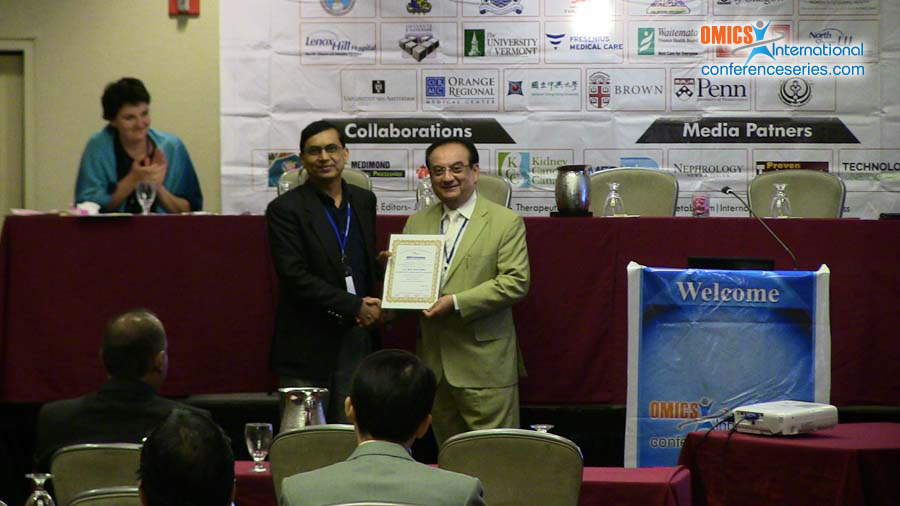
Nasir Yunus Fulara
Grant Medical College & Sir Jamshedjee Jeejeebhoy Group of Hospitals, India
Title: Dyslipidemia in diabetic nephropathy
Biography
Biography: Nasir Yunus Fulara
Abstract
Diabetic nephropathy is the leading cause of kidney disease in patients starting renal replacement therapy and affects about 40% of type 1 and type 2 diabetic patients. It increases the risk of death mainly from cardiovascular causes and is defined by increased urinary albumin excretion in the absence of other renal diseases. Hyperglycemia, increased blood pressure levels and genetic predisposition are the main risk factors for the development of diabetic nephropathy. Recent epidemiological research revealed that dyslipidemia is also a risk factor for development and progression of diabetic nephropathy. The effect of Dyslipidemia on renal function can be explained by ‘lipid nephrotoxicity’ hypothesis. Under this hypothesis, mesangial proliferation caused by accumulation of lipoprotein into mesangial cells induces glomerulosclerosis. This theory has been updated recently including the concept of inflammation stress modifying lipid homeostasis and tissue lipid accumulation. Evidence from recent studies has suggested that dyslipidemia is one of the risk factors for progression and regression of diabetic nephropathy. But, there have been few studies reporting the association with end-stage renal disease or renal replacement therapy. Long-term follow-up studies are needed to demonstrate the causal relationships between dyslipidemia and end-stage renal disease from diabetic nephropathy. With regard to the treatment of dyslipidemia in patients with diabetes, there were some interventional trials of antihypercholesterolemic agents including fibrates and statins suggesting that these drugs are effective in lowering the decline of the estimated Glomerular Filtration Rate (eGFR) and reducing the progression of albuminuria.


